The next morning, we hopped aboard one of the double-decker buses—always painted with an iconic red. You enter through the front doors via Tap-and-go, and you exit via the middle and rear doors.
Turning off Sloane Street, the bus trundled down Knightsbridge (the road), which morphed into Kensington Road. We passed the former home of an English baron who founded the Boy Scouts: Robert Baden-Powell. His Lordship lived on a street named Hyde Park Gate, 50-feet from the park.
*To read about my experiences as a scout, please click this link...
https://halfwindsorfullthrottle.blogspot.com/2015/04/boy-scouting.html
Incidentally, when reciting their Scout Promise, Boy Scouts and Girl Scouts in England affirm their allegiance to their monarch: “to do my duty to God and to the Queen, to help other people, and to keep the Scout Law”.
On our right, Hyde Park transitioned into an adjoining royal park: Kensington Gardens. It is named for the royal residence that we intended to visit: Kensington Palace. *In Brooklyn, NY, there is an area named Kensington, which was settled by English colonists in 1737 and named for London's.
Pressing a button, Lewis "rang the bell" at our destination, and there was plenty of time to descend the stairs to exit the bus.
We walked up Church Street and breakfasted at a cozy teahouse called Candella Tea Room. Their frescoed ceiling and cushy chairs were enticing, but we opted to eat outside. Many sidewalk cafes are dotted along the street, due to the scenic coziness.
A French waiter showed us a circular table, where we could smell all of the loose teas that were available. Lewis selected a Ceylon black tea from the island-nation of Sri Lanka, which is part of the Commonwealth. (During their occupation of that Buddhist nation, the British renamed it Ceylon).
The loose-leaf tea was flavored with pieces of caramel, butterscotch, and a dash of vanilla.
Cutely, the mismatched crockery had a quaint effect, and the English waitress warmed our cups and saucers before serving us. In a world of disposable cups, it was nice to enjoy the tactile warmth of reusable porcelain with each sip. Brewing loose tea necessitates using tea strainers (which straddle the cup) so the leaves don't go into your drink.
The first royal inhabitant was Dutch-born William III of the Stuart Dynasty. His statue has a debonair stance.
Respectably, we queued with other visitors in the forecourt. As seen below, we had a nice view of the Round Pond. The Universe was favorable to us, because our line was suddenly halved into two lines, and we found ourselves as the next ones at the Ticket Counter. We had not pre-booked tickets online. The Admissions Clerk informed us that without reservations, we might have to wait 45 minutes. Seeing our sad faces, she said, "I'm terribly sorry". (The English use "terribly" to mean "extremely"). Just then, she noticed something on her computer screen; someone suddenly cancelled their reservation! We got the time-slot! All three of us were excited. Joyous, we purchased our tickets (£23 each) and scampered into the palace.
The large complex houses four generations of royalty. In 1930, Prince Philip arrived from the continent to stay with his grandmother, the dowager marchioness Victoria Mountbatten. (In addition to Philip's mother, the dowager's children were the Queen of Sweden, the next marquess, and the famous Lord Louis Mountbatten—cousin of Queen Elizabeth and mentor to her son, Prince Charles). Later, the palace was the renowned home of the Queen's rambunctious sister, Princess Margaret Rose (and her bisexual husband), who were both vividly depicted in a popular series, The Crown, which we enjoy. Previously, it was home to Charles and Diana, as the Prince and Princess of Wales. Charles' son, William, and his family reside there. (My grandfathers were named Charles and William!) Harry and Meghan recently vacated. Other princely and ducal couples dwell there. Their famous relative, the Queen, makes all of the arrangements. That's because she is the current monarch, so the palace belongs to her by "right of Crown".
As part of our research before our visit, we watched a BBC series by Lucy Worsley. She is a Chief Curator at Historic Royal Palaces. We highly recommend her shows!
Tours avoid the palace's residential areas and occur in the historic State Rooms and Orangery, which are both managed by a charity called Historic Royal Palaces, on behalf of the Crown. Neither the Crown nor Her Majesty's Government provide funding.
Some of the Royal Jewels were on display from the Royal Collection. That category is separate from the Crown Jewels and gems that the Queen personally owns. Some are heirlooms that are "owned" by each monarch by "Right of Crown" and passed to the next person who ascends the Throne. Official (jeweled) gifts to a monarch can be added to the Royal Collection if the monarch decides to. Her Majesty has the right to lend (for an occasion or long-term) jewels to anybody. If her relatives ask to borrow some, Her Majesty has the final word about which ones they actually get.Another piece is the Fife Tiara, which was a wedding gift to Victoria's granddaughter: Princess Louise. The masterpiece was gifted by the groom, the Duke of Fife, in 1889. Alas, the dukedom suffered financially, and it was given to Her Majesty's Government as a tax payment. Circuitously, the government positioned it back in the palace "on display" for the public.
It reminded us of when we viewed the Crown Jewels of the Principality of Monaco in 2016.
Alas, the Kokoshnik Tiara—styled on the Romanov royal court in Russia—was missing. No, thieves did not burglarize the room. It was "on loan". Like many brides during the pandemic, the Queen's cousin, Flora Ogilvy, entered matrimony in 2020 without many attendees (but in the Royal Chapel of St James's Palace). Now, they hosted a classic wedding at St James's, and Her Majesty conferred use of the tiara for the blessed event.
Next, we entered a chamber that explained the history of Kensington Palace. Originally, the home was Nottingham House. In 1688, the new royal pair, William and Mary, left the Netherlands (where he was its stadholder and reigning Prince of Orange), and they ascended the thrones of Britain on January 2, 1689. Unusual for Britain, they ruled as equals, instead of the queen as a consort. (*Trivia: Founded in 1691, King & Queen County in Virginia is named for them).
That year, Their Majesties purchased this property for £20,000 and hired Sir Christopher Wren (architect of St. Paul's Cathedral) to transform it into Kensington Palace. Below is a depiction of the result of Sir Christopher's greatness.
Lewis and I ascended the (lantern-lit) grand staircase, which hugged the edges of the foyer. Its paintings and frescoes are stunningly lifelike—with some characters seemingly coming out of the artwork!
A docent informed us that the lad who is clad in green (seen below) was Peter the Wild Boy. In 1725, he was discovered in the wilderness of Hanover, Germany. (George I was born there and ruled it as its duke while being King of Great Britain). Peter was brought to the palace, where courtiers made an experiment of tutoring him (and being amused by him)... similar to the plot of My Fair Lady. However, their plan failed. Freed from King George's minions, he lived amiably in England until his 70s... which was a remarkable age in that era.
A caption indicated that the foyer was refurbished for the arrival of King George II (born in Germany)...
... who died in the palace whilst using the toilet in 1760. (*Trivia: The State of Georgia is named for him. King George County in Virginia is named for his father, and Caroline County is named for his wife. Amelia County is named for his daughter, Frederick County honors his son, Prince William County is named for his other son, and Augusta County is named for his daughter-in-law, the Princess of Wales. In New Jersey, Cumberland County is named for his son, Prince William, as the Duke of Cumberland).
"Mad" King George III replaced him.
Before his illness overtook him, George III hosted Mozart in 1764 for many concerts!
Peter the Wild Boy wasn't the only captive here. In 1819, Princess Victoria was born at Kensington. Her unhappy and stifled childhood was due to her domineering mother, the Duchess of Kent. (Interestingly, the current Duke and Duchess of Kent still reside at Kensington. *Established in the 500s, Kent was originally a pagan kingdom that was absorbed by the Kingdom of Wessex in the 800s. Maryland's Kent County is named for it). We entered her former bedroom (bed chamber) and saw her childhood memories: books, toys, furniture, and a puppet theatre.
Inveigled by John Conroy (her rumored paramour), the duchess intended to rule the United Kingdom as Regent while Victoria was underage. Seen below, King William IV discovered that and abhorred her, and he vowed to stay alive until Victoria was 18-years-old and could reign without a Regent. That is what happened. (He died at Windsor Castle in 1837 as the last monarch to jointly reign over the United Kingdom and the Kingdom of Hanover in Germany).
In an adjoining room, we marveled at the painted ceiling and glamorous chandeliers. The docent who was stationed in the room informed us that the chandeliers are made of wood. More impressive, they are modern-day reproductions of the original wooden ones. Indicative of craftsmanship that is still upheld, each chandelier was whittled by hand and carved with historic tools... then gilded to provide a radiance of gold!
Being gay men, our eyes fixated on another muscled tush that was depicted in a painting. Like many classic artists and their patrons, someone in the palace loved male buttocks!
Seen above, the double-height doorway was opened by the docent who was eager to show curious visitors the room where Victoria was notified of life-changing news: that she was suddenly the Queen of the UK. (With 1930s wallpaper, the room is now a conference room for palace staff).
Being characteristically Dutch/thrifty, King William III (and Mary), wanted to appease his British kingdom as a contrast to the excesses of his predecessors.
Further into the palatial residence, we entered William & Mary's sitting room. (Eight years apart, they both died in the palace. After Mary's demise, rumors of William's homoerotic tendencies arose, including his rapid promotions of a page-boy to an earl). Aside from the room's unembellished furniture, we eyed the lavishly-inlaid desk. It is probably the most stunning masterpiece in the room, but overlooked by tourists because it is against a side wall. We loved it.
We felt privileged to witness such splendor. In the next chamber, we saw a portrait made for Czar Peter the Great, when he visited in 1698 (after he lived in Amsterdam in the Netherlands to admire its globally-renown shipbuilding).
Exiting to the palace grounds, we ventured to the Orangery, erected in 1704.
We put our souvenirs in our hotel and changed clothes for a cooler afternoon. I thought it apropos to wear my triple-ply cashmere sweater--made in Scotland (a constituent nation of the UK), where the wool is aerated on huts over streams! As a high-quality garment, it has lasted me for a decade of annual use.
At the Knightsbridge Station, we rode the Underground along the Piccadilly Route to a station named Piccadilly Circus. It is a junction where we transferred onto the Bakerloo Line, which zoomed northbound to Oxford Circus. No, the stations are not named for typical circuses that include a trapeze, dancing bears, or clowns. They are named "circus" via the Latin word "circ" for "circle" because the roads aboveground are circular roundabouts. (We think roundabouts are elegantly efficient to avoid traffic congestion, and we don't understand why the USA—which leads the world in congestion—avoids installing them).
Opened in 1906, the Bakerloo Line is a melding of its original name: Baker Street & Waterloo Railway. Yes, Baker Street is the fictional address of Sherlock Holmes—famed for his deductive reasoning and superb detective work. A statue honors him.
We exited onto Oxford Street and window-shopped along Regent Street, a curvaceous thoroughfare that abounds with retailers. Its classical appearance and urbanity reminded us of Paris.
Much of it is owned by the Crown Estate, on behalf of the Queen.
In the often-affordable COS boutique, I found a perfect jacket in an autumnal hue, which I bought. (I already got compliments on it).
Having recently watched the delightfully-acted film Cruella, Lewis was interested to enter the Liberty London department store. Situated on Great Marlborough Street (laid in 1704 and named for the Duke of Marlborough), the 1924 edifice was created in Tudor Revival style. The wood was reclaimed from two old sailing ships, and the store's weathervane is an homage to seafaring commerce.
Since its inception, it remains a purveyor of emerging brands. Influenced by the 1862 International Exhibition, its founder, Arthur Liberty, sought to sell exotic and unique merchandise that was fashionable. The store is amazing! You get auras of British TV shows like Mr. Selfridge and The Paradise with the grandeur of a historic manor being magically enlarged.
Lewis was enamored with the antique-paneled elevators. Here is his quick video, as we rode in one.
We departed and went through the walkways behind the store, underneath its grand clock. The main walkway is Kingly Street.
The pavement is purely for pedestrians, who admire the shop windows and public art displays.
In preparation for public enjoyment, uniformed men arrived with portable tables and umbrellas. Within several minutes, they set them up along the walkways.
Seen above, we observed an Art Deco sign for Kingly Court, and that drew us inside. A courtyard was full of aromatic eateries, but our interest was piqued by the crowd at The Good Egg. Its founders are from Tel Aviv, and it serves vibrant Middle Eastern flavors. We sat indoors and lunched on fluffy Pita dipped in Labneh (with preserved lemon, pumpkin seed, and chills relish), followed by a piquant recipe of Shakshuka (eggs baked with tomatoes, sweet peppers, spices, and yogurt) and Merguez Kofta (cumin-spiced lamb, paprika beef, fresh mint, lemon, and harissa mayonnaise served with cous cous). Freshly-squeezed orange juice for both of us.
Our experience was the opposite of New York. Firstly, you will not find a reputable Middle Eastern restaurant near any of Manhattan's prominent department stores. Most ethnic eateries are compelled to exist on the outskirts of the city's borders—usually in rundown surroundings, and the restaurants tend to be dingy and unkept. In addition, you never see an interracial waitstaff that includes white people. Rarely will you find Caucasians eating their food. That is how NY treats most ethnic places.
From there, we went to the Waitrose & Partners on Oxford Street.
From the refrigerator of the wine section, we snagged an affordable £5.99 bottle of French rosé, as a gift for the friend we intended to see within an hour. As a Londoner, Alastair Macaulay was thrilled to see us again. He recently retired after a long career in NYC as the Chief Dance Critic at The Times as well as the Chief Theatre Critic at the Financial Times. In 2007, he accepted a lucrative job in the USA (therefore with half the vacation time) as Chief Dance Critic of The New York Times. Years ago, we befriended each other at Lincoln Center, and he was drawn to our affable American charm. Knowing that we were in his city, he cordially invited us to his home. Few people have that honor.
At Oxford Street, we descended to the Underground. Drastically unlike NYC, we rarely waited more than a few minutes for a subway to arrive at any station. It was also uplifting to know that whenever we asked a transit employee for help, they helped.
NYC's uncaring MTA employees are crude, rude, unhelpful, and they don't rush themselves or inconvenience themselves to pay attention to customers. For an example of what New Yorkers endure, please click this link:
https://halfwindsorfullthrottle.blogspot.com/2020/01/before-his-resignation.html
*It explains why the Englishman who was hired to fix NYC's corrupt transit system quit from it (within 2 years) and returned to England (where they cherish his talent and abide by it). Click on these snippets to make them bigger/clearer.
In London's civilized society, we always got polite help from every transit employee—regardless of the time or day... even during commuter rush-hours. It was a joy.
Lewis and I were impressed to learn that London's Underground network will soon be fully powered by renewable energy! Already, the city gets a chunk of its power from The London Array: a 175-turbine offshore wind farm built in 2013 that greatly reduces CO2 emissions. The UK is one of the world's best locations for "green power", and it leads Europe in the implementation of wind turbine farms, while it dismantles its coal-burning facilities. While other nations (like the USA) ignore global warming, the UK is helped by the fact that the Crown Estate owns the seabed, up to 200 nautical miles from the UK's shores. The Queen's property is smartly used to generate clean energy. (Centuries ago, people might've laughed at the Crown's useless property portfolio, but not now).
We boarded the Victoria route, which was planned in the 1950s and got its name from Victoria Station: a train hub where it begins. We sped under the capital and were deposited at King's Cross Station. It is famous as the station where Harry Potter fictitiously boards the Hogwarts Express to the Hogwarts School of Witchcraft & Wizardry.
The 1852 station is a beautifully restored Temple of Travel.
We transferred back onto the northbound Piccadilly Line (the train to Cockfosters—a name from 1524). Our train took us to the North London borough of Islington.
It's liveliness makes it one of the most sought-after areas. We went to a vibrant neighborhood named Highbury, which is full of pretty streets and eye-catching shops.
Despite the distance that we travelled, we were still in Zone 2 of the Underground. We exited at Arsenal Station, which is named for that area's football club. (Only Americans call it soccer). The stadium is near the station.
That day, there was a big game at the stadium. Across from the station, an assortment of stalls sold "street food" and clothing accessories for any self-respecting Arsenal fan. Whereas American sports fans merely wear caps or T-shirts, Brits include colorful scarves (which the English call "mufflers")!
The neighborhood is filled with 19th-century row-houses; each one is carefully maintained with trimmed gardens. It was a fun experience to see a London suburb, yet it had an aura of an English village. At nearly every intersection, we saw a community bicycle locker, where residents store their bikes.
We unlatched the iron gate, and—since the doorbell was inactive—we thumped the lid of the mail-slot in the front door (as Alastair previously instructed). He opened the door with a flourish of gracious manners and welcomed us ebulliently. His living room resembled this, with a handsome fireplace.
Accepting our wine, Alastair asked us to remove our shoes. In most of England's homes, people remove their shoes when entering. Footwear goes on a shelf or cabinet.
He ushered us through his kitchen and outside to his walled garden. He gave us "guest slippers" to wear. Quaintly, his laundry air-dried on a clothesline. As good guests, we offered to help him take it down... and admired his penchant for colorful socks!
With bubbly gregariousness, he uncorked our wine, handed us wine glasses, and gave us a tour of his backyard. Being a talented gardener, Alastair tended 24 species of flowers, which drew honeybees and songbirds.
We sat and chatted in his authentic English rose garden—with purplish blooms at my elbow and scarlet ones overhead.
It was hugely better than the facility and the acting at NYC's Broadway for Sir Andrew's rendition of Phantom of the Opera. Despite being the longest-running show on Broadway, its theatre is decrepit (as if its owner didn't care to reinvest any profits).
As we walked back to the hotel, we reveled in how easy the day had been. Such ease would've been impossible in America's richest city: NYC. Subway delays—and closures on weekends—would've made us late for some of our destinations. Unreliable buses, a lousy theatre district, grimy restaurants in that district, and "overpriced everything" would've impacted our enjoyment. Once again, Lewis praised England's culture because we never worried about stepping in discarded dog poop, throughout the miles that we walked (something you see on nearly every street in NYC and its five boroughs). Truly, such "little things" are as wonderful as big accomplishments.
Join in the last segment for our finale the capital...

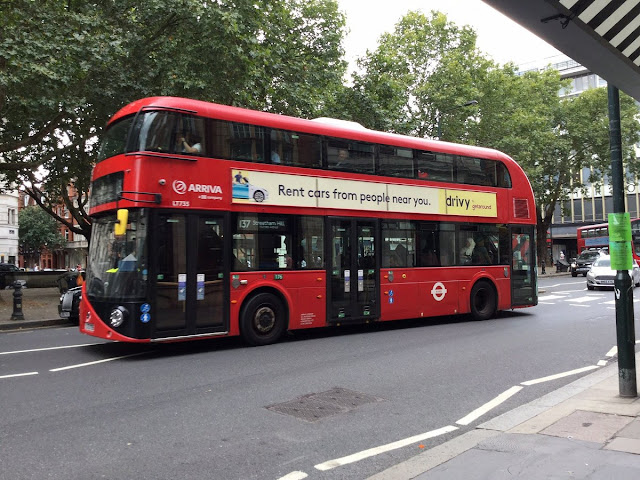





































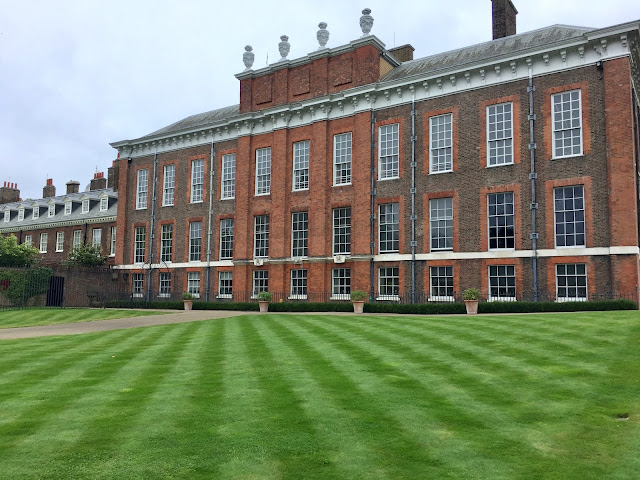









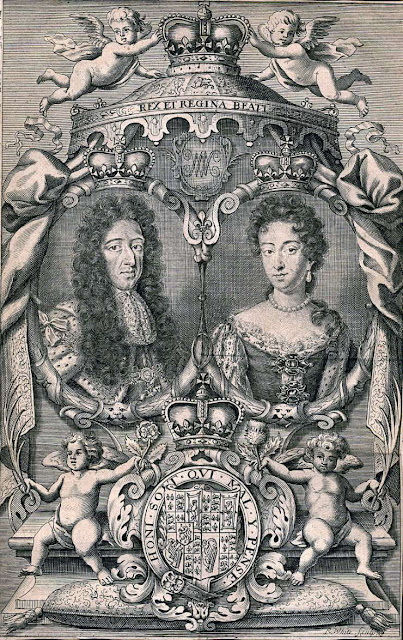













































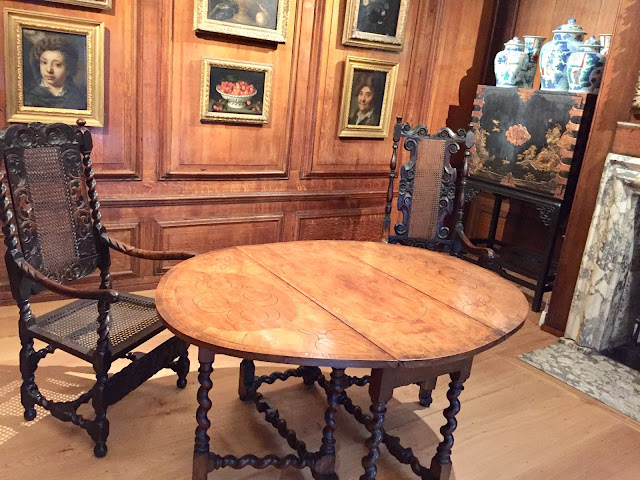


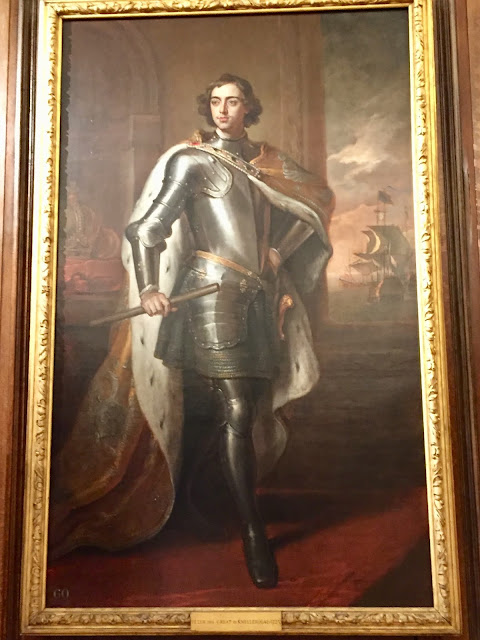


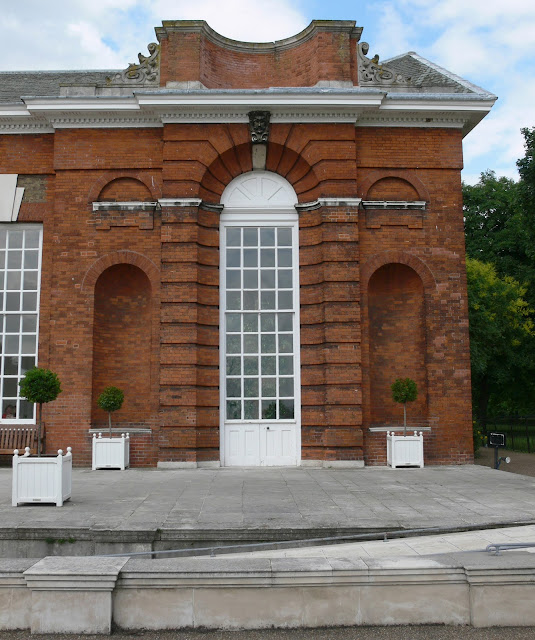



























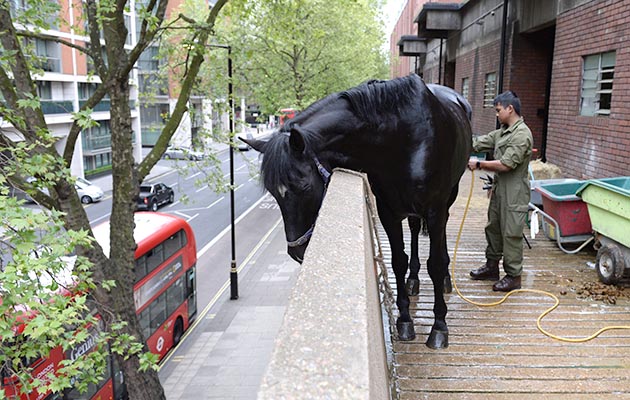













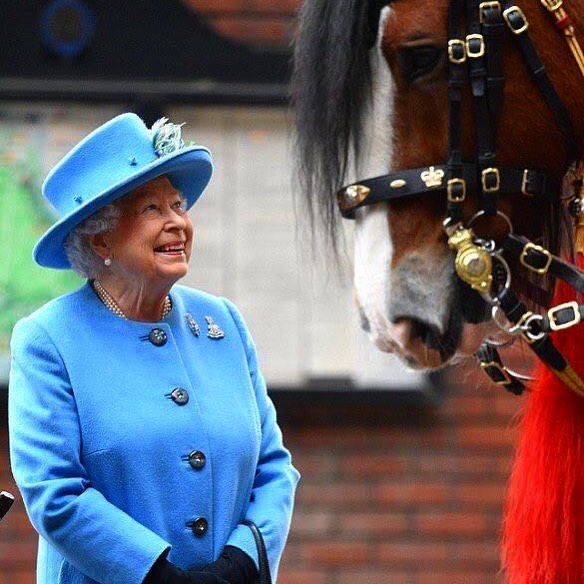










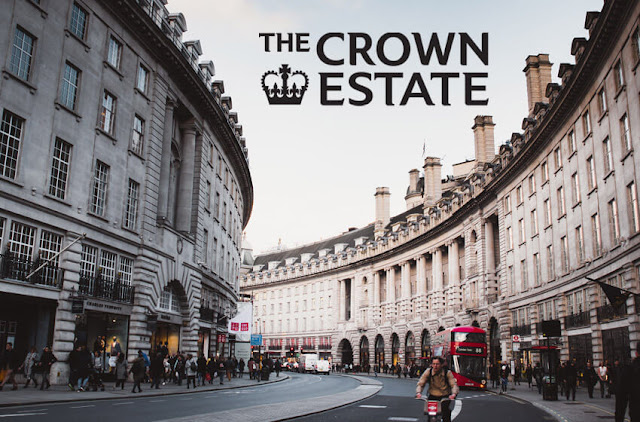































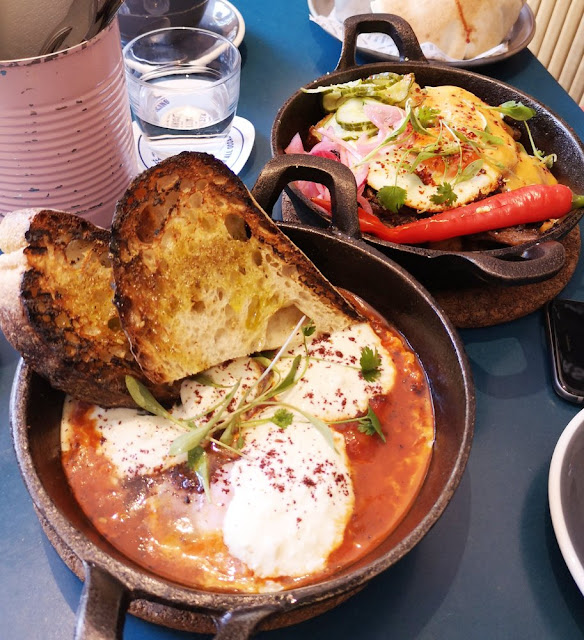
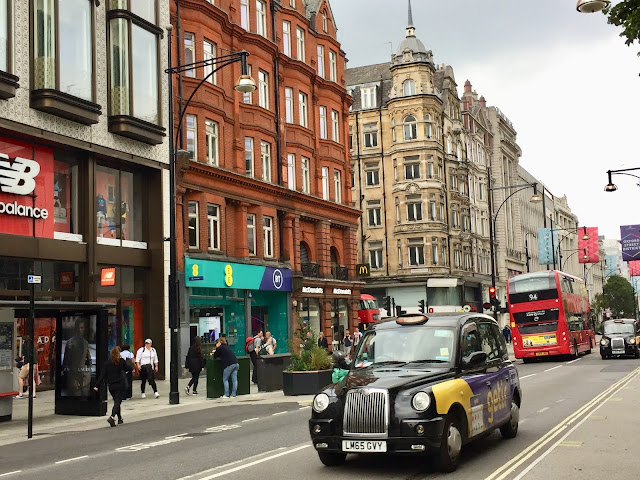





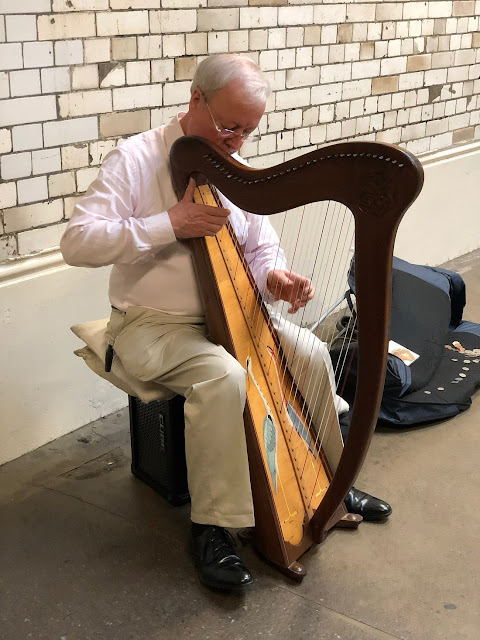

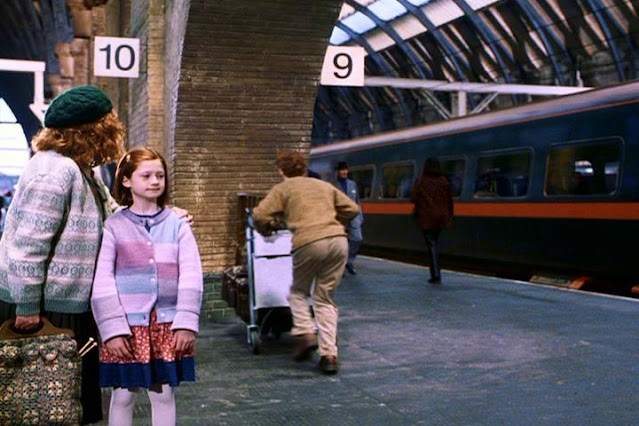



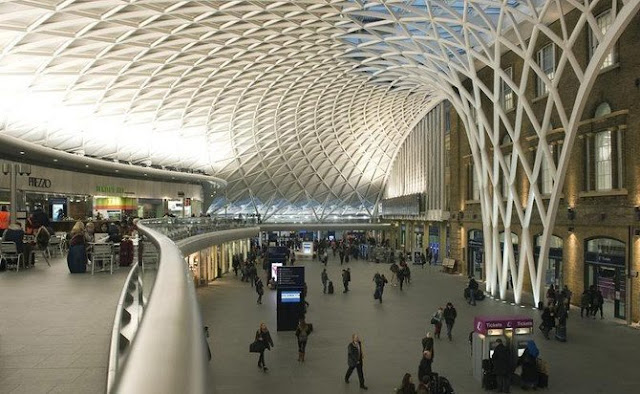






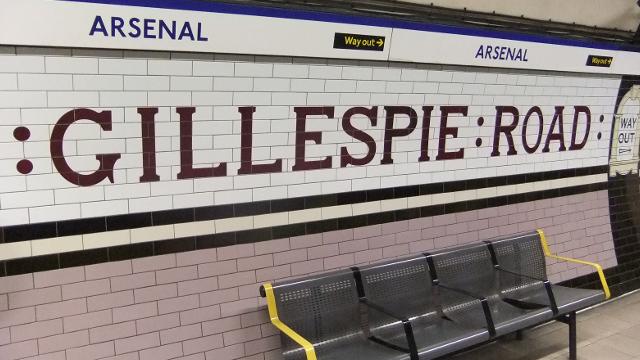












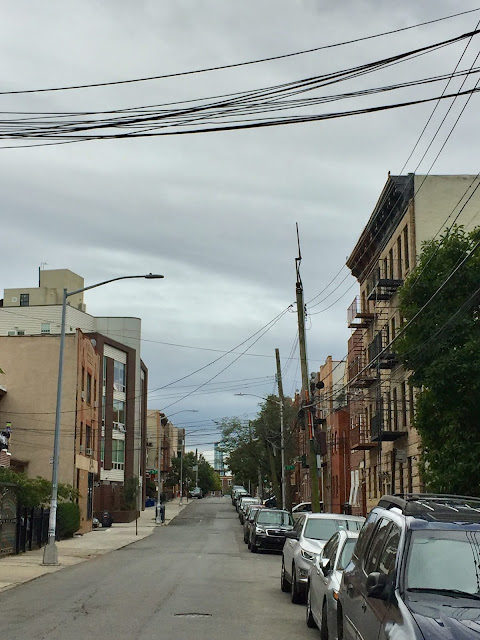


















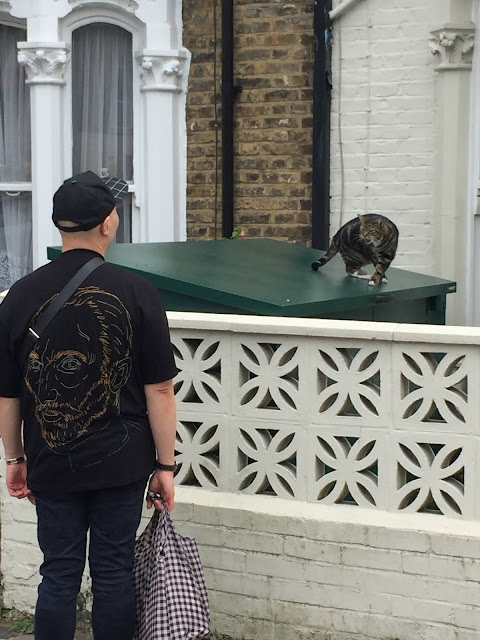












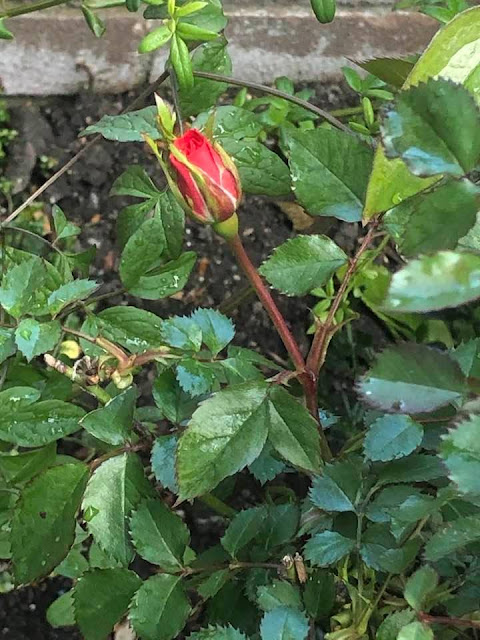
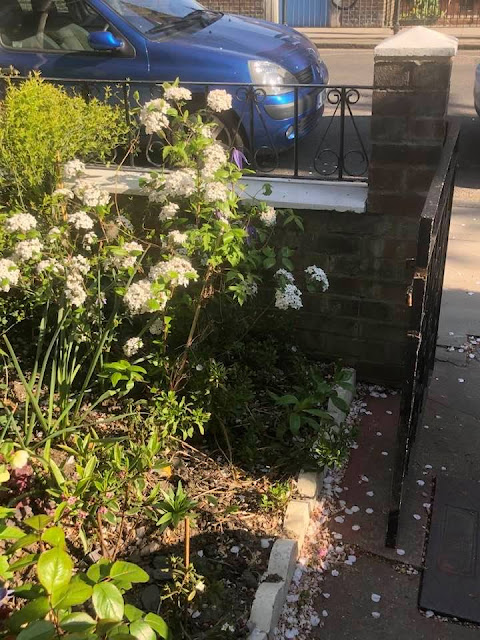



























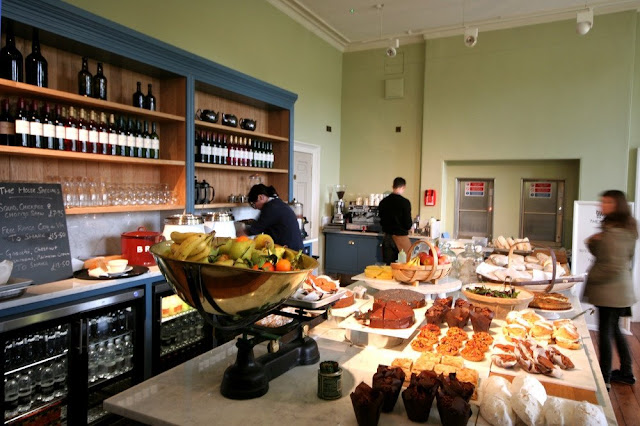
























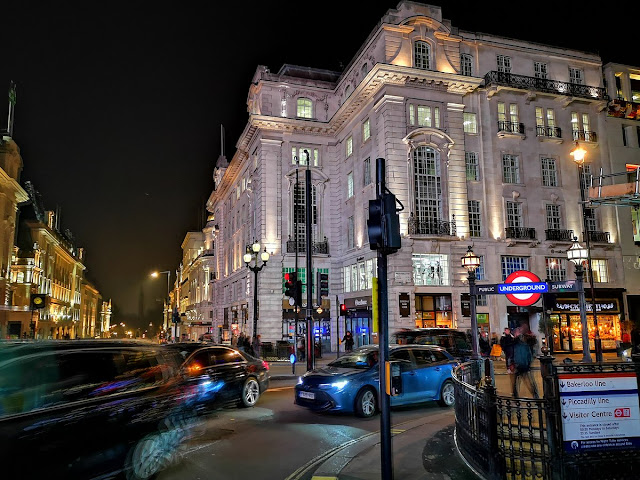
No comments:
Post a Comment
Don't be shy: leave your comments :)